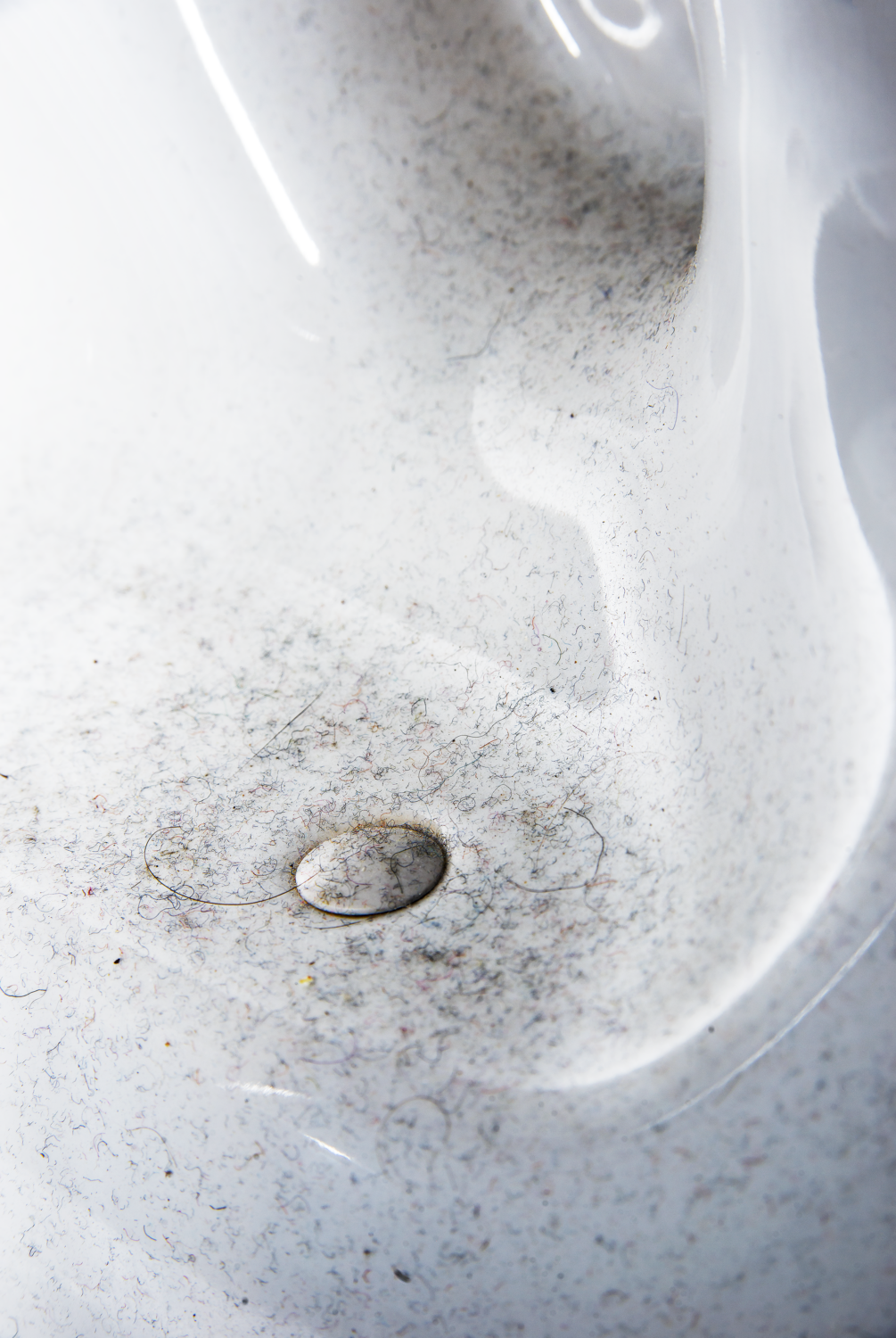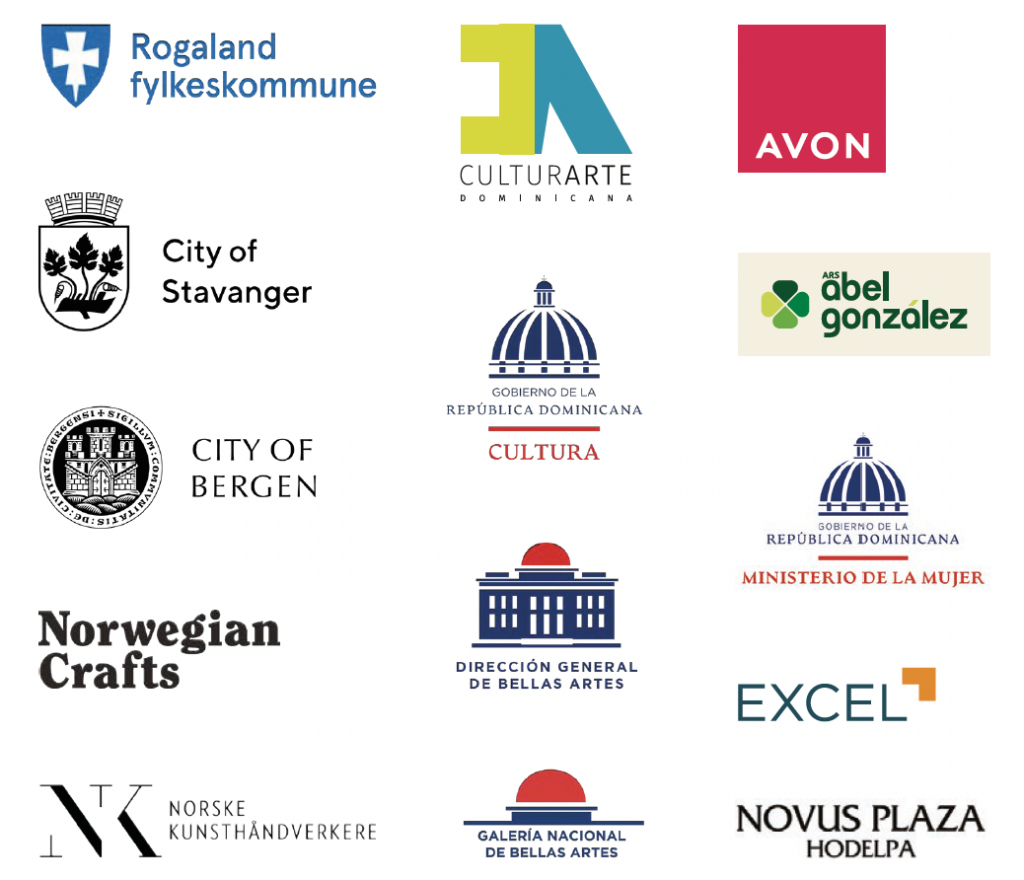Utstilling: “Intimated Structures”, Palacio de Bellas Artes

5. December 2023 – 27. February 2024
Vernissage 5. December at 19.00
National Gallery at Palacio de Bellas Artes, Santo Domingo, The Dominican republic
Please see the full project in the “Intimated Structures” catalogue.
Curatorial approach
When something is intimated, it is communicated indirectly, as a hint. It can also mean to make something known, formally or publicly. The word intimate also pertains to that which is private, close, and essential to human nature.[1]
The human organism
A human being, a physical organism with its myriad of systems and processes, is a small part of the natural world which possesses a unique awareness of its physical surroundings. Yet, the true essence of the human being is revealed in the profound connections it forges through intimate relationships with other individuals. These connections provide emotional sustenance, offer a sense of belonging, and ignite the deepest human emotions—love, compassion, and empathy. Humans seek and thrive on these bonds, which shape our perceptions of our self and the world. As the physical organism grows and evolves, so do these relationships. They adapt to changing circumstances, mature with time, and withstand the trials of life. The ebb and flow of human relationships reflect the essence of being—an organism driven not only by biological instincts but also by the profound need for emotional connection and companionship. The ability to form and develop intimate connections is a testament to humanity’s capacity to leave a legacy of love that transcends physical existence.
The Norwegian state and identity politics
The interpersonal relationships individuals form with each other are continuously affected by the societal framework in which they exist. These intimate processes happen in every culture, with a varying degree of governmental influence. How does this play out in Norwegian society, which is heavily regulated but simultaneously allows for substantial freedom of expression?
Norway is considered one of the world’s most gender equal societies, with the fight for gender equality of the feminist movement of the 1970s having made an important contribution to the achievement of this status. It is also considered to be one of the more progressive and LGBTQIA+[2]-friendly countries in the world.
“The Government’s equality policy seeks to eliminate barriers which prevent women and men from exercising their freedom of choice. Women and men must have equal opportunities and rights, and society must enable girls and boys, women and men to make the most of their opportunities.”[3]
Those are the words of the Norwegian government’s Ministry of Culture as it intimates its strategy for the nation’s gender equality efforts. It is built upon a belief that a non-discriminatory society is a prerequisite for equality and equal opportunities. Robust, clear legislation is employed to prevent discrimination based on gender and to provide effective legal protection. Authorities have a duty to actively engage in efforts to promote equality in all sectors of society, both public and private.
The population’s trust in the purpose and structure of the Norwegian welfare state enables this legislation and has resulted in one of the highest levels of gender equality of any country in the world (84.2%). Nevertheless, full gender equality has not yet been accomplished in Norway. There are factors preventing this gap from being completely closed. The most important ones are cultural norms.
There is great freedom of choice in Norway, and the public education system is free. Yet, the majority of the population still choose their professions gender-conservatively. This is visible in the gender pay gap, as professions with a high percentage of female workers pay less. Women are far more likely to work part-time, and there are far more men in the private sector, where wages are higher.[4] Women still do most of the housework and more often drop out of the workforce due to illness. This gender-segregated workforce also caused women and men to be affected in different ways by the Covid-19 pandemic.
“Since women predominate in the health and education sectors, in both of which they work in direct contact with people, they have been more exposed to infection than workers in other sectors, such as industry, in which men predominate (…) Furthermore, during the pandemic, women have taken on the main burden of childcare and housework. This pattern gives reason to ask whether traditional gender roles are re-emerging.”
Mari Teigen,
Director of CORE – Centre for Research on Gender Equality
Is this indicative of a situation where traditional gender roles are gradually getting a stronger foothold in Norwegian culture? If so, how does this impact contemporary relationships and the part of the population who do not identify with the cisgender heterosexual dynamic?
The LGBTQIA+ community in Norway has made significant strides in terms of legal rights and societal acceptance during the last five decades. Norwegian society, including both the general population and the government, is generally inclusive and accepting of LGBTQIA+ individuals. The government has a ‘hands on’ approach to the current discourse in Norway regarding gender identity through its Ministry of Culture and Equality. The Ministry’s Action Plan for Gender and Sexuality
Diversity[5] released in 2023 comprises 49 measures aimed at protecting the rights and improving the quality of life of LGBTQIA+ people and increasing recognition of gender and sexual diversity in Norwegian society.
Despite the progress made in minimizing discrimination towards this part of the population, intersectional[6] challenges and discrimination persist in Norway for members of the growing LGBTQIA+ community, as do hate crimes, even including murder.
The exhibition
Visual artists can express cultural impacts on the perception of one’s own identity, sexuality, and relationships in a way that resonates across languages and cultures. Their artistic expression moves beyond the written word in a multifaceted visual language to communicate these intimate human experiences. Works of art can therefore provide a deeper and more nuanced insight into what it means to be human, both as a cultural and as a physical being. Artists, by delving into the complexity of gender discourse, might be able to foster societal change through awareness and empathy.
In the exhibition “Intimated Structures”, Rogaland Kunstsenter presents artworks by five Norwegian artists. They are Rita Marhaug, Vegard Ekberg, Lars Korff Lofthus, Gro Gj. N. De-Martine and Ingvild Melberg Eikeland. All the artists have their homes and artistic practices in various locations across Western Norway. Through their art they investigate how cultural heritage, and contemporary society, influences how they relate to their surroundings, other people, and their own physical body. This exhibition therefore aims to shed light on what it is like to exist in the context of today’s Norwegian society and its multifaceted identity politics, where expectations linked to a traditional and biologically based understanding of gender roles as binary are juxtaposed with an understanding of gender as a complex and multifaceted construct that exists on a spectrum.
“Intimated Structures” is curated by Jane Sverdrupsen of Rogaland Kunstsenter and is a direct response to the exhibition “Whisper: Poetics of Femininity” by the curators María Elena Ditrén and Juan Carlos Ditrén of CulturArte Dominicana. “Whisper: Poetics of Femininity” includes artworks by the Dominican artists Belkis Ramírez, Raquel Paiewonsky, Inés Tolentino, Citlally Miranda, and Sherezade García. The artworks represent a multi-generational expression and a cry from the Caribbean that ‘whispers’ their own and other people’s realities, with the intention of contributing to global gender equality whilst presenting Dominican art on the international stage. The two exhibitions are thematic and visual partners, and this groundbreaking exchange of curated exhibitions in the galleries of Rogaland Kunstsenter in Stavanger (2022) and Palacio de Bellas Artes in Santo Domingo (2023) provides a unique presentation of Dominican and Norwegian art to audiences in Europe and the Americas.
Jane
Sverdrupsen,
Curator and director of Rogaland Kunstsenter
2023
Supported by

